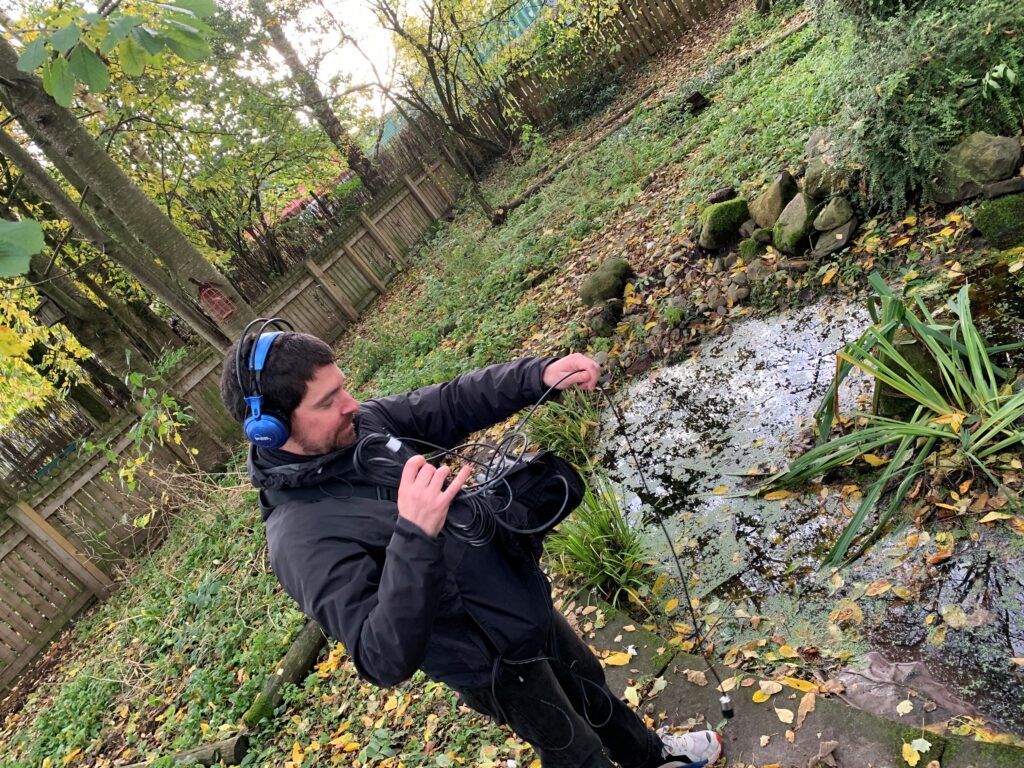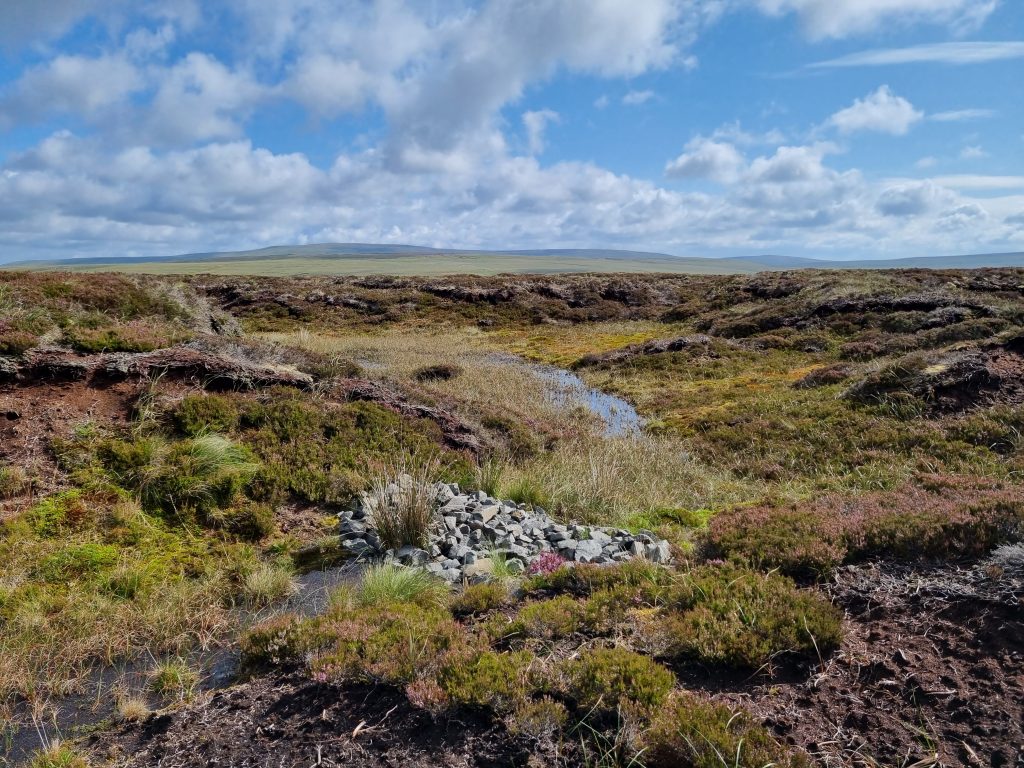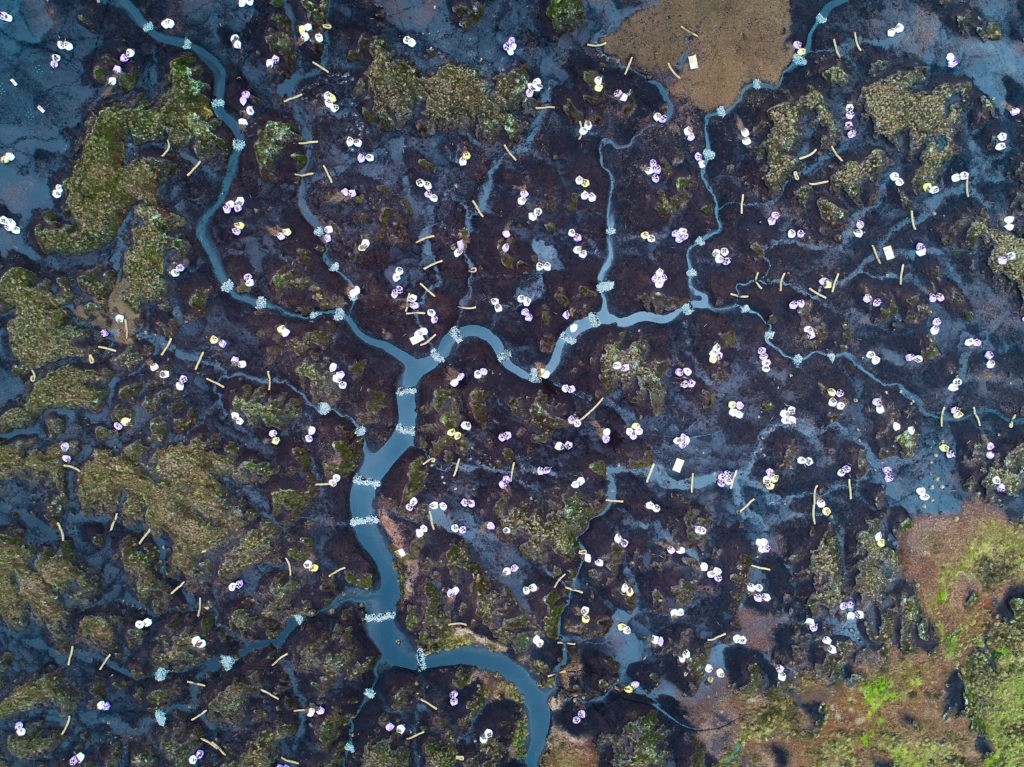What we do
Nature recovery
Although in some ways rich in wildlife, even in Teesdale and Swaledale nature is in retreat and the future of these landscapes is uncertain. Tees-Swale seeks to reverse this trend, combining the ‘Lawton principles’ with economically viable farming for the benefits of people and wildlife. The programme will restore at-risk natural heritage, connect priority habitats, and help to reverse the decline in biodiversity, through peatland restoration, grassland management and restoration, rush management, wetland creation, woodland and scrub creation, diffuse metal mitigation and instream/riparian works.

Peatland restoration
Restoring peatlands allow them to sequester carbon, bringing multiple benefits for flood reduction, watercolour, river sediment load and biodiversity. This work will build climate change resilience into these damaged peatlands, working at a landscape-scale. Tees-Swale aims to restore a minimum of 1,250ha of severely damaged and eroding blanket bog, reducing the amount of carbon being lost to the atmosphere.
Grassland management and restoration
By working with farmers to continue the traditional way of managing meadows, the programme helps maintain species-rich upland hay meadows and steep banks with improved habitat connectivity and increased pollinator diversity. Species rich verges are an important part of this grassland mosaic and we are working with highway authorities to ensure their sympathetic management. Tees-Swale aims to restore and enhance the botanical diversity of a minimum of 225ha of upland hay meadows, steep uncut banks, species-rich road verges and other grasslands, through the addition of green hay, plug plants or physical management.
Rush management
Through the funding of rush control by weed wiping and cutting on 1,000ha, rush cover will be reduced and a mosaic of rush and grassland cover restored across neighbouring holdings. Future management of rush pastures will be improved by advising groups/clusters of farmers on 5-year rush management plans. Tees-Swale aims to restore and enhance 2,500ha of rush pasture to good quality habitat for upland breeding waders.
Wetland creation
Small-scale wetlands and scrapes benefit biodiversity, in particular breeding wading birds by providing imoportant feeding areas. Through mechanical excavation and the manipulation of drainage systems as appropriate, 40 wetlands/scrapes will be created.
Woodland and scrub creation
W are working to increase the connectivity between existing fragmented woodland areas, through the planting of new native woodland and scrub, enhancing areas of degraded woodland and introducing native woodland planting into areas of conifer plantation across neighbouring holdings. We will trial new approaches to management and creation of scrub and wood pasture areas. Tees-Swale aims to create and enhance a minimum of 200ha of native broadleaved woodland, enabling the establishment of 200,000 trees.
We have established a new growing space for native wildflowers and trees at the AONB Partnership’s Bowlees Visitor Centre. The nursery will help the team deliver actions for nature recovery across farms in Teesdale, including woodland creation and the restoration of upland hay meadows and species-rich grassland. The plants and trees established here will go on to be used to support the principle of bigger, better, and more joined up habitats that underpins the Tees-Swale programme. Find out more here.
Diffuse metal mitigation
Past industrial activity has left a legacy of poor water quality from both diffuse (erosion and runoff from contaminated spoil deposits or other mining residues) and point source (mine discharges) toxic metal pollution in both the Tees and Swale. We aim to improve water quality by reducing diffuse metal pollution from abandoned metal mines whilst protecting industrial archaeology and enhancing biodiversity.
Instream/riparian works
We will improve fish passage and habitat quality, benefiting fish passage on 21km of the River Greta.

Find out more
Keep up to date with Tees-Swale news by subscribing to our e-newsletter here, joining our project group on Facebook or searching the hashtag #TeesSwale on Twitter and Instagram.











